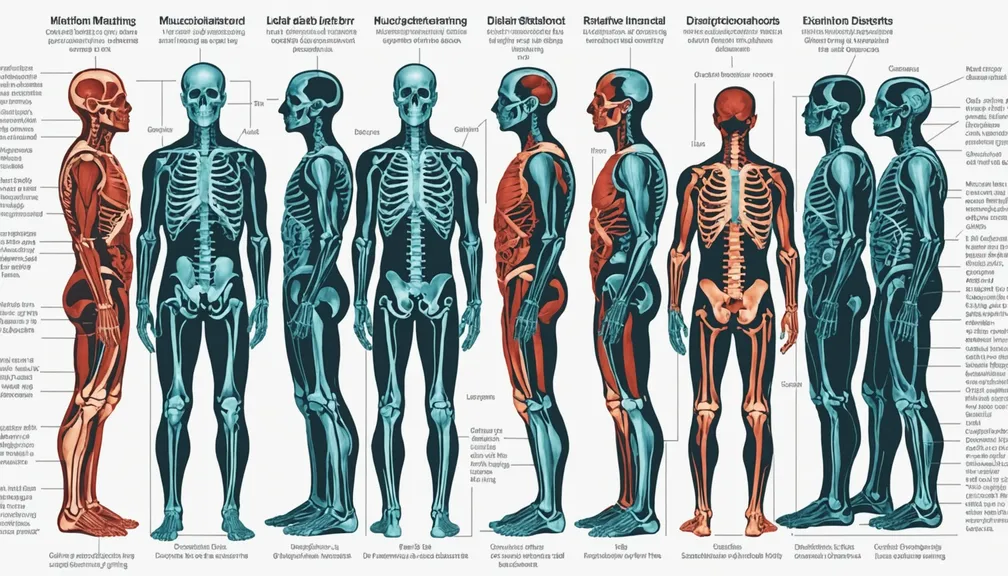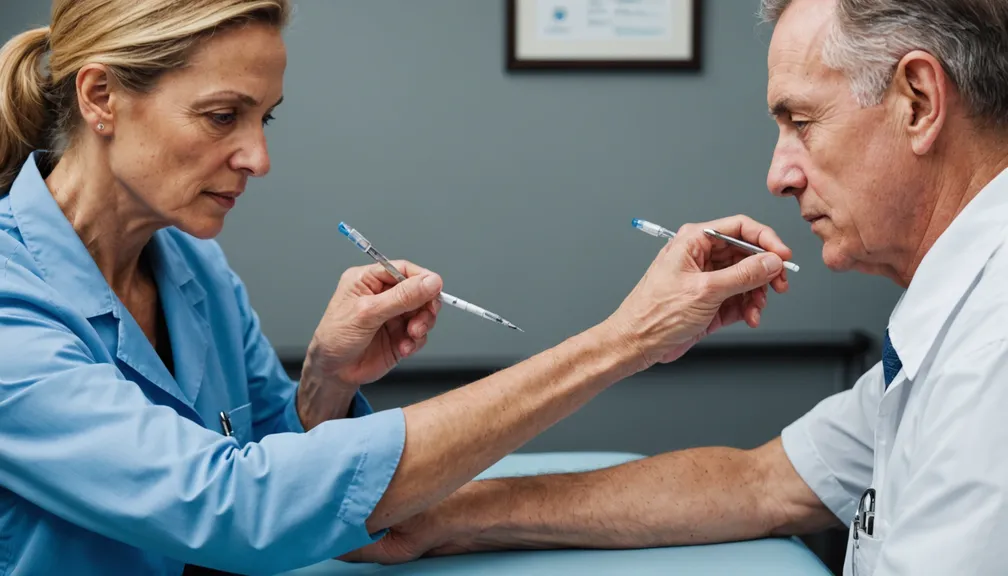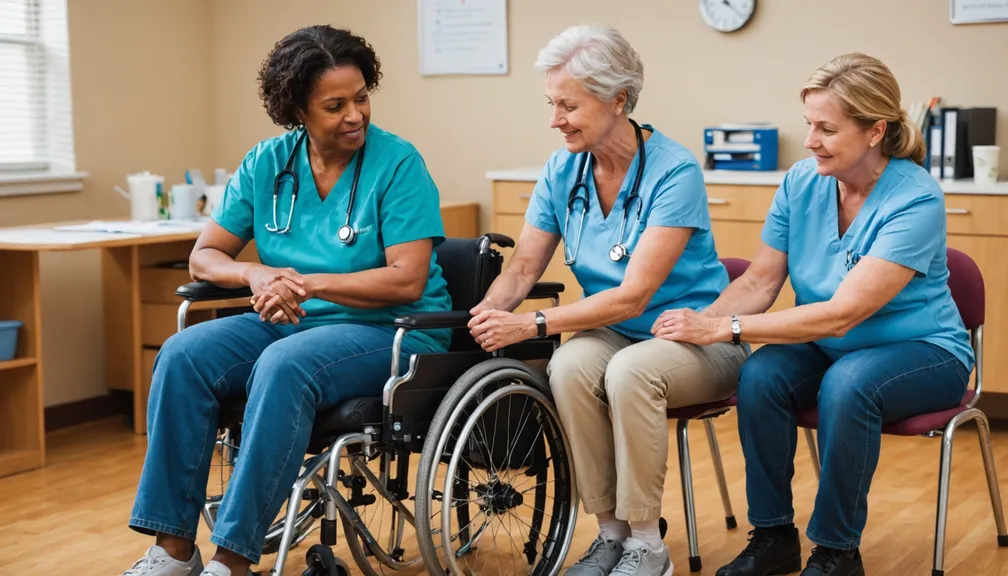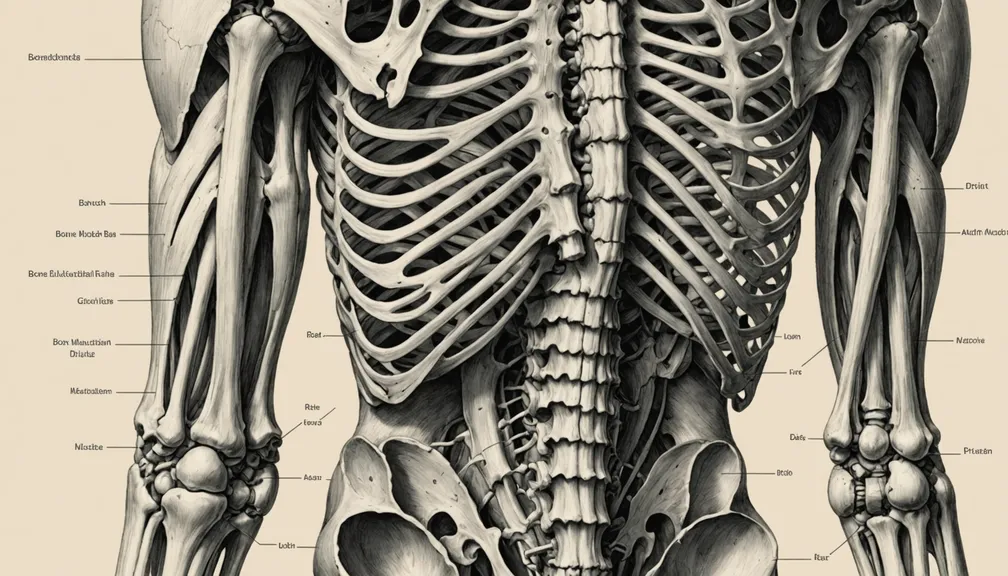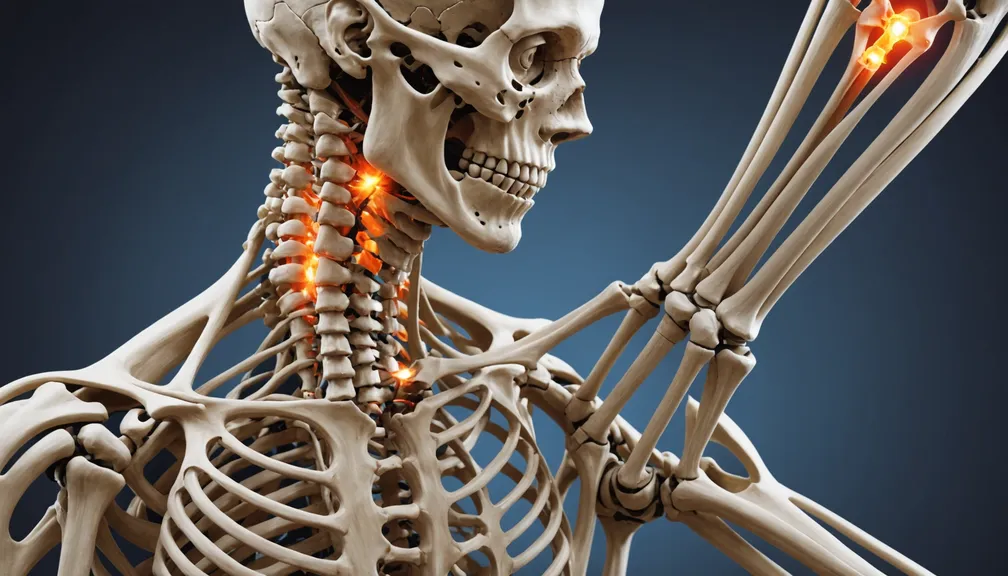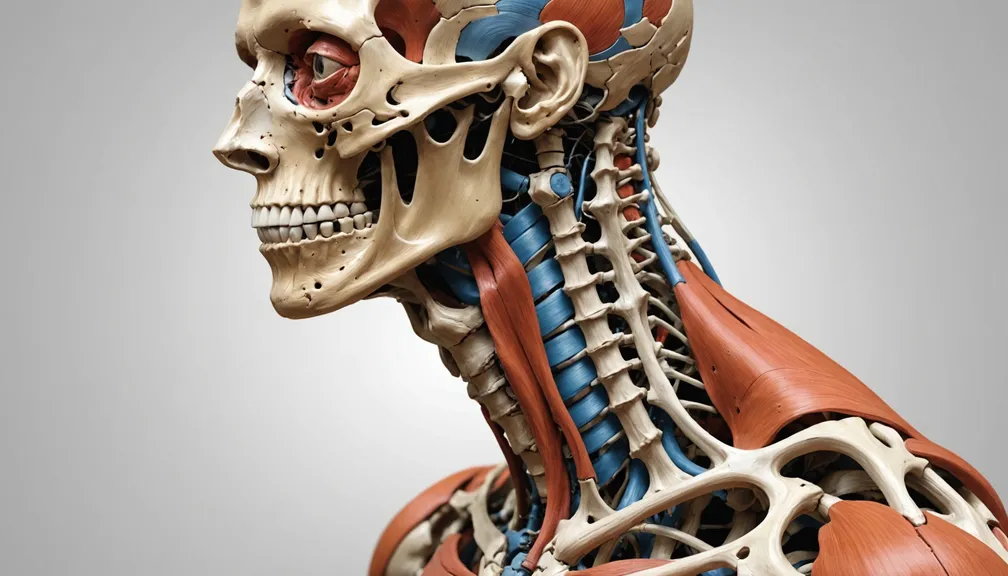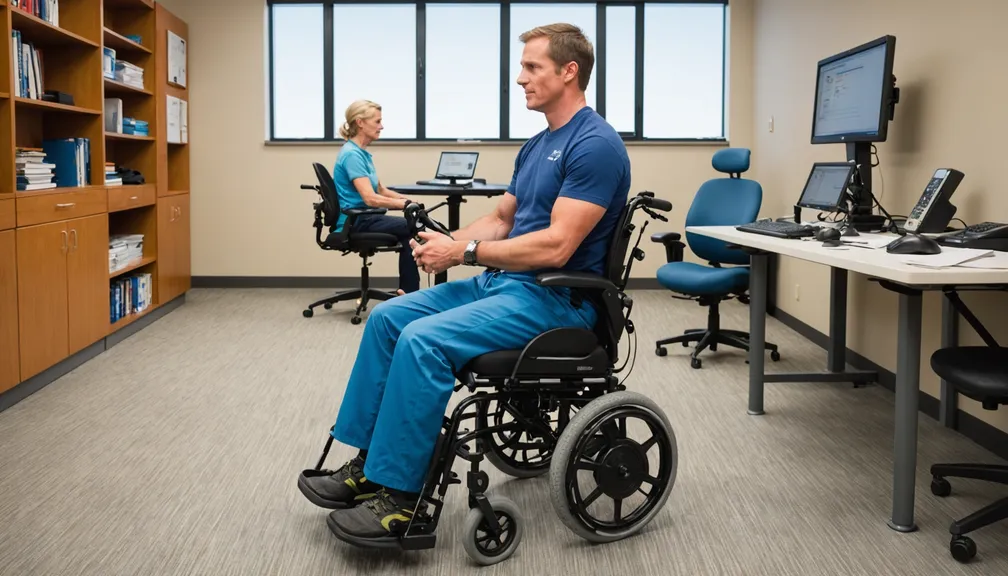Identifying Rare Bone and Muscle Disorders
Understanding rare musculoskeletal disorders can be challenging, but with the right information, patients and their loved ones can better navigate the complexities of these conditions. This lesson covers the essentials of identifying and managing rare bone and muscle disorders.
Common Rare Musculoskeletal Disorders
Osteogenesis Imperfecta (OI)
- What is OI?
- A genetic disorder characterized by fragile bones that break easily.
- Key Features:
- Frequent bone fractures with minimal or no trauma.
- Blue sclera (a bluish tint to the whites of the eyes).
- Short stature and skeletal deformities.
Ehlers-Danlos Syndrome (EDS)
- What is EDS?
- A group of connective tissue disorders affecting the skin, joints, and blood vessel walls.
- Key Features:
- Hyperflexible joints that can dislocate easily.
- Soft, stretchy skin that may bruise easily.
- Chronic pain and fatigue.
Fibrodysplasia Ossificans Progressiva (FOP)
- What is FOP?
- A disorder where soft tissues gradually transform into bone, restricting movement.
- Key Features:
- Malformation of the big toes at birth.
- Episodes of painful swelling in muscles, tendons, and ligaments.
- Progressive loss of mobility as new bone forms.
Recognizing Symptoms
General Symptoms
- Chronic Pain:
- Persistent discomfort in bones, joints, or muscles.
- Frequent Injuries:
- Unusual number of fractures or dislocations with minimal injury.
- Limited Mobility:
- Difficulty moving joints or maintaining normal posture.
- Skin Abnormalities:
- Unusual skin texture, elasticity, or frequent bruising.
Specific Indicators
- Bone Fragility:
- Multiple fractures from minor falls or impacts.
- Joint Hyperflexibility:
- Joints that bend beyond the normal range.
- Progressive Bone Formation:
- Soft tissues turning into bone over time, leading to stiffness.
Diagnosis Process
Medical History
- Family History:
- Information about relatives with similar symptoms or diagnosed disorders.
- Symptom Timeline:
- When symptoms started and how they have progressed.
Physical Examination
- Assessing Joint Mobility:
- Checking for hyperflexible or unstable joints.
- Skin Evaluation:
- Observing skin texture, elasticity, and signs of bruising.
Diagnostic Tests
- Genetic Testing:
- Identifying specific genetic mutations associated with the disorder.
- Imaging Studies:
- X-rays, MRI, or CT scans to examine bone structure and integrity.
- Bone Density Tests:
- Measuring bone strength and detecting osteoporosis.
Treatment and Management
Medical Treatments
- Medications:
- Pain relievers to manage chronic pain.
- Bisphosphonates to strengthen bones in conditions like OI.
- Physical Therapy:
- Exercises to maintain mobility and strengthen muscles.
- Surgical Interventions:
- Procedures to stabilize bones or repair fractures.
Lifestyle Adjustments
- Protective Measures:
- Using braces or mobility aids to prevent injuries.
- Balanced Nutrition:
- Ensuring adequate intake of calcium and vitamin D for bone health.
- Regular Exercise:
- Engaging in low-impact activities to maintain muscle strength and flexibility.
Supportive Therapies
- Occupational Therapy:
- Assisting with daily activities and improving quality of life.
- Counseling:
- Providing emotional support for patients and families.
- Pain Management Programs:
- Techniques to help manage and reduce chronic pain.
Multidisciplinary Care Team
Specialists Involved
- Orthopedic Surgeons:
- Experts in bone and joint conditions, performing surgeries if needed.
- Rheumatologists:
- Specialists in autoimmune and connective tissue disorders.
- Geneticists:
- Professionals who diagnose and manage genetic aspects of the disorders.
- Physical Therapists:
- Therapists who develop exercise programs to maintain mobility and strength.
- Occupational Therapists:
- Therapists who help patients perform daily activities more easily.
Additional Health Professionals
- Pain Specialists:
- Experts in managing chronic pain through various treatments.
- Psychologists or Counselors:
- Providing mental health support to cope with the emotional impact of the disorder.
- Nutritionists:
- Advising on dietary plans to support bone and muscle health.
Finding Support
Support Groups
- Connecting with Others:
- Joining groups for individuals with similar conditions to share experiences and advice.
Educational Resources
- Learning More:
- Accessing materials that provide information about managing the disorder and staying informed about new treatments.
Advocacy Organizations
- Seeking Assistance:
- Organizations that offer resources, support, and advocacy for patients and their families.
Understanding and identifying rare musculoskeletal disorders is the first step toward effective management and improving quality of life. Working closely with a multidisciplinary care team and utilizing available resources can help patients and their loved ones navigate these challenges with greater confidence and support.
